Our People
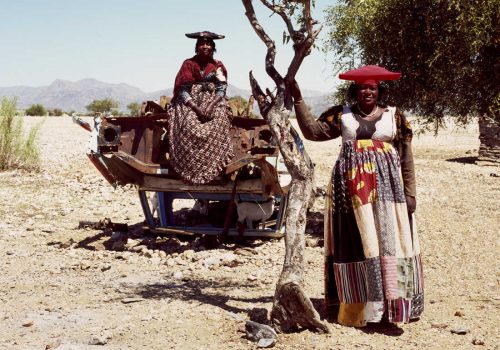
Herero
The Herero nation moved south into Namibia, it is thought, during the 16th century. According to their oral history they came from an area of much water and grass and many reeds, probably west of Lake Tanganyika, and entered Namibia between the Kunene and Okavango Rivers.
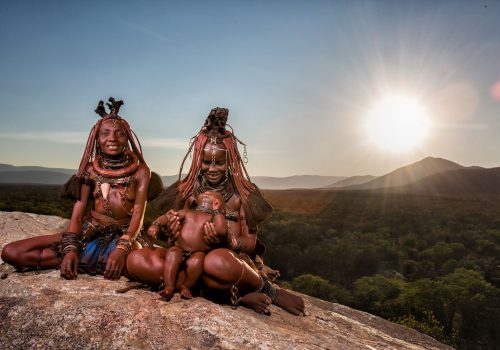
Himba
The Himba, their skins rubbed with red ochre, have the appearance of having been forgotten by the rest of the world, but this is only as a result of their extreme isolation and conservative way of life. They derive originally from the Herero nation, collecting in the mountainous regions of Kaokoland.
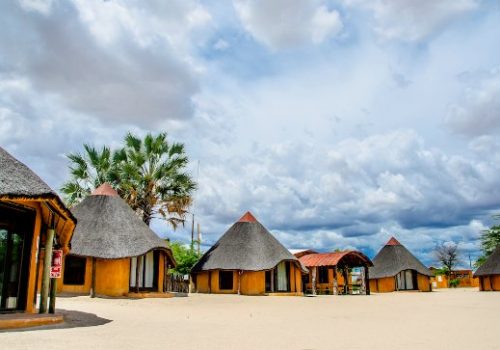
Owambo
Living mostly in the north are, eight tribes collectively known as the Owambo. The Owambo people represent almost half of Namibia’s total population and are active in all sectors of the economy, from farming and fishing to trading. They plant mahango, a type of millet, which is their staple diet.
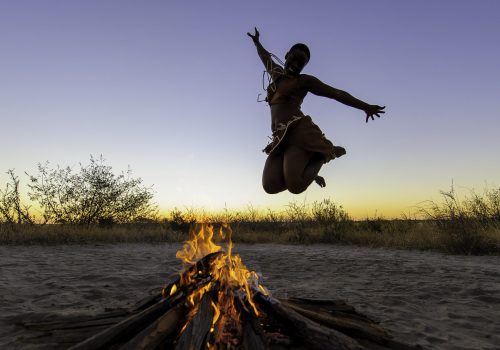
San
The population of this ethnic group is 27,000 people. They have inhabited the areas of southern Africa for over 30,000 years. Leads a nomadic lifestyle. They can be found in Botswana, Namibia and South Africa. This is evidenced by numerous drawings on rocks in these countries.
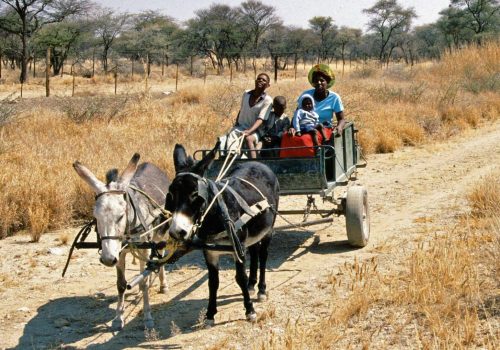
Damara
One of the oldest cultural groups in Namibia, the majority of the Damara people live in the northwestern regions of the country, where they live and work in towns, on commercial farms, in mines, as well as at the coast.
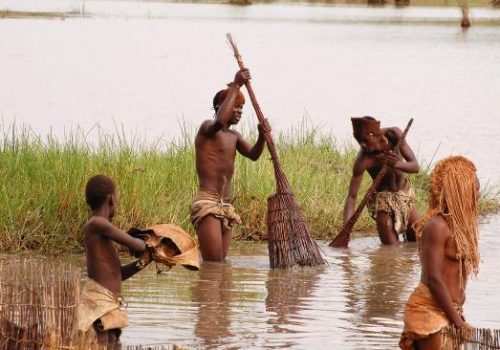
Kavango
This large nation of riverine people has often been described as one of the friendliest in Africa. The Kavango people comprise five distinct tribal groups, of whom nearly all live along the Kavango River from Katwitwe in the west to Bagani in the east.